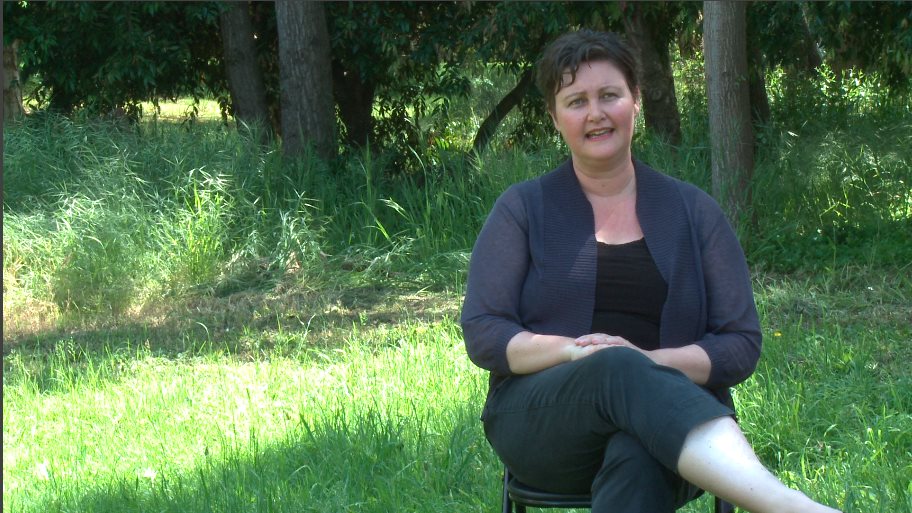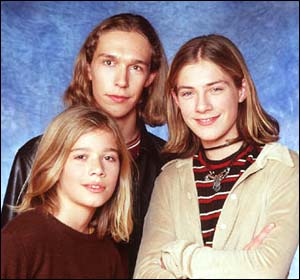Theanna
I certainly did not expect to feel as moved by ‘Theanna’ as I was, having assumed that I was somewhat familiar with the film’s format and subject matter before I watched it. Tiana’s interaction with her grandmother and the careful way the film was translated leant it an intimacy which I felt set it apart from its counterparts. The subtle technical composition of the film was an appropriate vehicle for its storyline, but took a back seat to the narrative elements of the piece which was by no means a bad thing. All in all the film was brilliantly sensitive in its construction and presentation of Theanna’s character without coming across as trite.
Chinese Whispers
Responding to a prompt as abstract and complex as the concept the film was based on must have been an enormous task, however it was executed so brilliantly in Chinese Whispers that the film was nothing but absolutely captivating. Every scene was shot really sensitively and competently and edited together in a manner which allowed it to explore and extend characters beyond that which I had thought could be achieved in a 7-minute slot. With this considered, my only criticism of the film’s construction would be that I would have liked to have seen a more reciprocal exchange depicted in the trailer presented (a format which I thought was ambitious but completely appropriate), while it was interesting to see Alan respond to the piece Jordan had created for him, it would have been interesting to see his approach to a role change (this might also have worked to contextualise Kelly’s character, beyond her appearance in the film’s opening sequence). Taking time constraints into account however, the film’s theme was really effectively communicated.
Althea
This film was absolutely hilarious, not only was it cleverly shot so as to highlight the bizarre juxtaposition between the elaborate costumes and personas adopted by its subjects and the local oval the event took place on, the style in which information was presented was really engaging. It is interesting that the group opted not to show Althea’s subjects out of costume, rather depicting a subtler contrast between their day-to-day and larping lives as they were shown breaking character at the end of the film. Similarly, I think the film’s themes were communicated really effectively through the footage the group presented without the need for titles, narration or interview cut-aways.
Tape For No Rape
I thought this was a particularly contentious and complex topic to take on for a short documentary film, one which would inevitably evoke a passionate response among many audience members. While I found the sentiments of the film to be commendable, I think they could have been enhanced had the more abstract elements of the piece been contextualised by less obtuse interview footage or consideration for the intersecting discourses surrounding the notion of ‘rape culture,’ without this I found certain elements of the film to be slightly disjointed, incomplete or unexplained, but powerful all the same.






